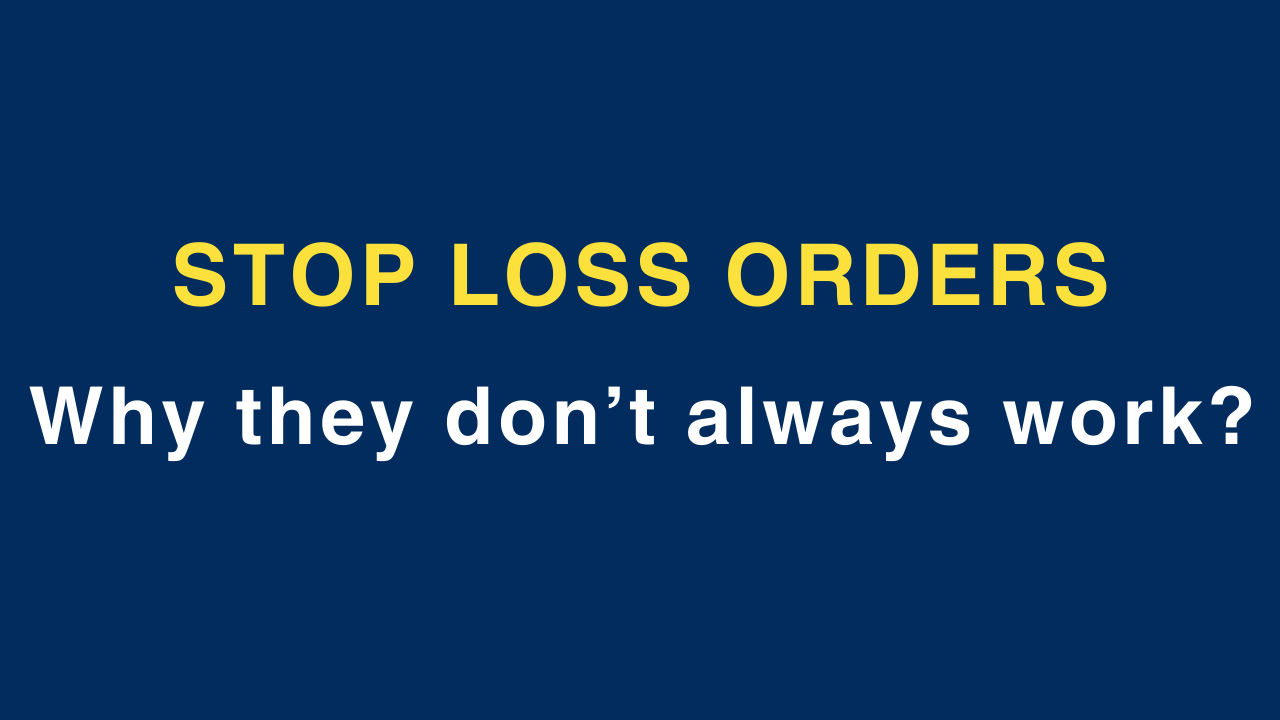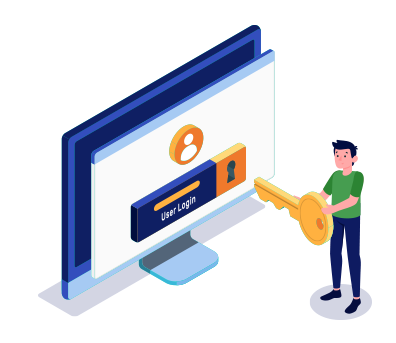Latest news & updates from us

We all know about normal order, which is an instruction to buy or sell stocks on a trading platform. You bought a stock and then the price starts moving against you, then we place another order to limit our loss and that is called a Stop Loss Orders.
The basic difference between a normal order and a stop loss order is trigger price. What trigger price does is it activates your order. There are 2 types of Stop Loss Orders,
It is a Stop Loss Orders with a limit. When stock comes to trigger price, a limit order is sent to exchange. Here execution of the order is not guaranteed.
Let’s explain it with an example, below is an order window of a stock.
|
Buy |
Sell | ||
| Qty | Price | Price | Qty |
| 12 | 50 | 51.5 | 13 |
| 18 | 49.5 | 52.2 | 20 |
| 14 |
49.2 |
52.4 |
22 |
We sold 30 lot of this stock at Rs 48 and the current price of this stock is 51. We want to put an SL order exactly at 51. If it got executed, our loss will remain at 3 rupees.
As we can see from order window, the lowest offer price is 51.5. If the price of this stock goes up without touching our limit price, then our order will remain as a pending order with a probability of higher loss.
Now let us see how SL-M order can solve this problem
It is a stop loss order with a market price. When stock comes to trigger price, a market order is sent to exchange. We all knew that a market order is always executed at the current price.
Let’s go back to same order window again. Now we want to put an SL-M order at 51.
As we said current price is 51, so our order will be activated. A market order always square off your position at whatever price is offered.
So our 30 lot will be executed at two different prices, 13 lots at 51.5 and remaining 17 lots at 52.2.
SL-M order solved SL order problem but it creates another problem, which is slippage cost. Now let’s find out what is it.
Slippage Cost –
The difference between ordered price and executed price is called slippage cost.
When we put a market order (SL-M), order executed at the best price available at that point of time. This is where slippage comes into the picture. When we have a big market order, not all order will be executed at the same price. That makes higher slippage cost for a trader. That’s why we need to check slippage cost of an instrument before trading.
New Position –
Till now we learn, we can exit from our current position using stop loss order. Same can be used to create a new position.
Let’s say the price of a stock is hovering around 51. We analyse from our chart that the stock might goes up if it breaks out above 54. Now we want to make money from this trend. What we do now is to put an SL-M order with a trigger price at 54. This is useful for people who like to trades only when price move in their direction.
Points to note:
Think largecap investing, think Exchange Traded Funds
20 July 2024
How to build a multi-asset portfolio using ETFs
28 June 2024
Factor ETFs: Why you should invest for long-term returns
19 June 2024

Simply fill the details, connect your bank account & upload your documents.
Open An Account
Post a comment